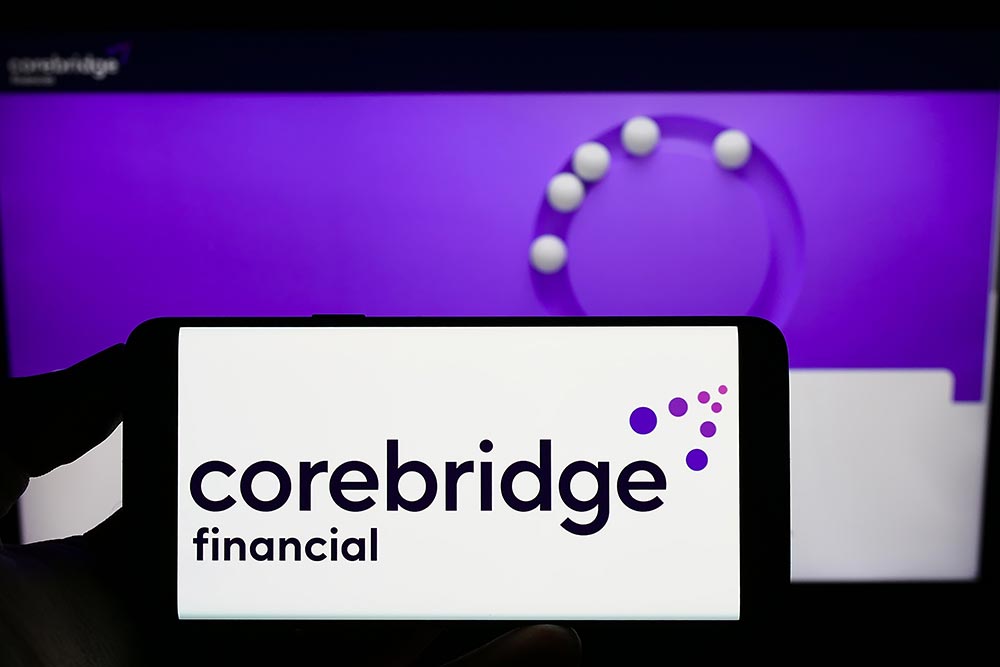Corebridge Financial (NYSE: CRBG) sells two of my least favorite financial products: life insurance and annuities.
I have no problem with term life insurance. Many families need it in order to protect their loved ones. But other types of life insurance that are set up as investments are too costly. I’ve written extensively about the subject here in Wealthy Retirement.
And in my book You Don’t Have to Drive an Uber in Retirement, the chapter on annuities is titled “The Worst Investment You Can Make.”
So I’m no fan of these products.
But annuities and life insurance are cash cows for the companies that sell them.
Corebridge uses some of that cash to pay a $0.23 per share quarterly dividend, which comes out to a 3.8% yield. Last year, the company also paid out an additional $1.78 in special dividends.
Can it keep peddling its annuities and insurance policies hard enough to maintain its quarterly dividend?
Corebridge wasn’t publicly traded until September 2022, so it doesn’t have a long track record, but we still have plenty of data points we can use.
Since Corebridge is an insurance company, we use net investment income to measure cash flow. The company collects premiums and fees, invests the money, makes payouts to customers when necessary, and keeps the difference. That difference is its net investment income.
Wall Street does not have any net investment income estimates, but over the 12 months ending in September (results from the fourth quarter of 2023 have not been released yet), the company’s net investment income totaled $9.6 billion.
That’s up significantly from $8.8 billion in the 2022 calendar year.
Results for all of 2023 should be released in mid-February, and I fully expect 2023’s numbers to be much higher than 2022’s.
Over the last four quarters, Corebridge paid out $1.1 billion in dividends, which was just 12% of its net investment income. Based on those figures, the dividend is very affordable.
Even if net investment income were to come in at zero for the fourth quarter, the total for 2023 would still be $7.3 billion – more than enough to easily cover the dividend.
The only thing Corebridge has going against it from a dividend perspective is that it doesn’t have much of a history, having been public for only a year and a half and having paid just six quarterly dividends.
So the company can easily pay its current dividend, but we can’t quite call the dividend a lock since it has such a limited history.
Annuities are good business even if they’re bad for customers. In fact, you’re better off owning the companies that sell them rather than owning the annuities themselves.
Dividend Safety Rating: B

If you have a stock whose dividend safety you’d like us to analyze, leave the ticker symbol in the comments section below.
You can also take a look to see whether we’ve written about your favorite stock recently. Just click on the word “Search” at the top right part of the Wealthy Retirement homepage, type in the company name and hit “Enter.”
Also, keep in mind that Safety Net can analyze only individual stocks, not exchange-traded funds, mutual funds or closed-end funds.
